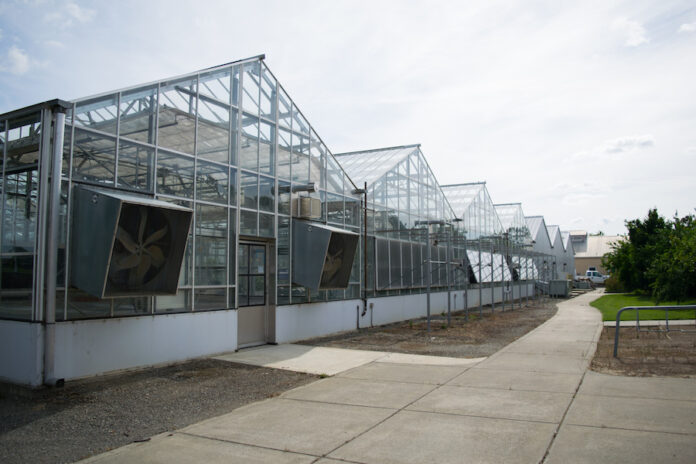Team created conceptual design for greenhouse on Mars
Have you ever imagined living in a greenhouse on Mars? A team of undergraduate students from the UC Davis Space and Satellite Systems Club designed a greenhouse for astronauts to reside in for two years on Mars. The project was entered into the Martian Agricultural and Plant Sciences project, a competition offered by the National Institute of Aerospace and NASA. After researching and formulating this design, the UC Davis students were nominated as one of five finalists within the competition. The winners are eligible for NASA summer internships.
While many of the other teams enrolled in the competition were graduate students, UC Davis’ team consisted purely of undergraduate students, many of whom are freshmen and sophomores. The team found it challenging to understand research papers and decipher the language as relatively young and inexperienced students, according to Audrey Chamberlin, a first-year aerospace science and engineering major.
“We went through many strange and outlandish ideas before settling on our final design,” Chamberlin said. “Those ideas consisted of using mirrors to track the sun [and] having a mote at the bottom of the dome. We decided on the final design by whittling down and editing all our ideas into one final, comprehensive and realistic design.”
Their final product consisted of a two-story greenhouse which utilizes a sensor-supported irrigation system to support plant growth, according to Isabella Elliot, a first-year aerospace science and engineering major. Martian regolith, the soil found on Mars’ surface, would be used in plant bags to facilitate plant growth and provide a comfortable environment for the Martians to live and work in.
Chamberlin added that the team decided to use soil after conducting a risk analysis, although NASA subtly recommended the use of a hydroponic growing system, which involves using mineral nutrient water solvent solutions to grow plants. From this initial idea, they had to determine a way to create fertile soil out of the toxic, innutritious Martian regolith, leading to the development of the sensor-supported irrigation system.
“When you are creating something new, never or rarely done before, you have to expect many, many drafts,” said Nancy Juarez, a second-year triple major in international agriculture development, Middle Eastern/South Asian studies and Chicano studies.
Although many of the members have engineering backgrounds, each member is specifically interested in a certain subject field and contributed to the project, according to Chamberlin. One student handled the more human-centered aspect of the Environmental Control and Life Support Systems, which includes the facilitation of atmospheric pressure, oxygen levels and waste management. Another student focused on power usage. The team heavily relied on Juarez, who has a plant science background, to guide them through the requirement for plants within their design.
“The diverse perspectives [were] amazing to work with,” Juarez said. “We all come from different fields. As an agriculture major, with every idea I came up with, I felt like I had a team behind me to fact check and cross examine. [It] really makes you trust your peers.”
After their initial idea was proposed by NASA’s BIG Idea Challenge, the UC Davis team had the opportunity to present their finalized design to NASA officials in Virginia.
“I would like other people to know that we have a lot of faith in our design, and that we put a lot of hard work and effort into developing and understanding it,” Elliot said. “We put our whole heart into this project, and I’m very lucky to have been a part of it.”
Written by: Michelle Wong — science@theaggie.org




